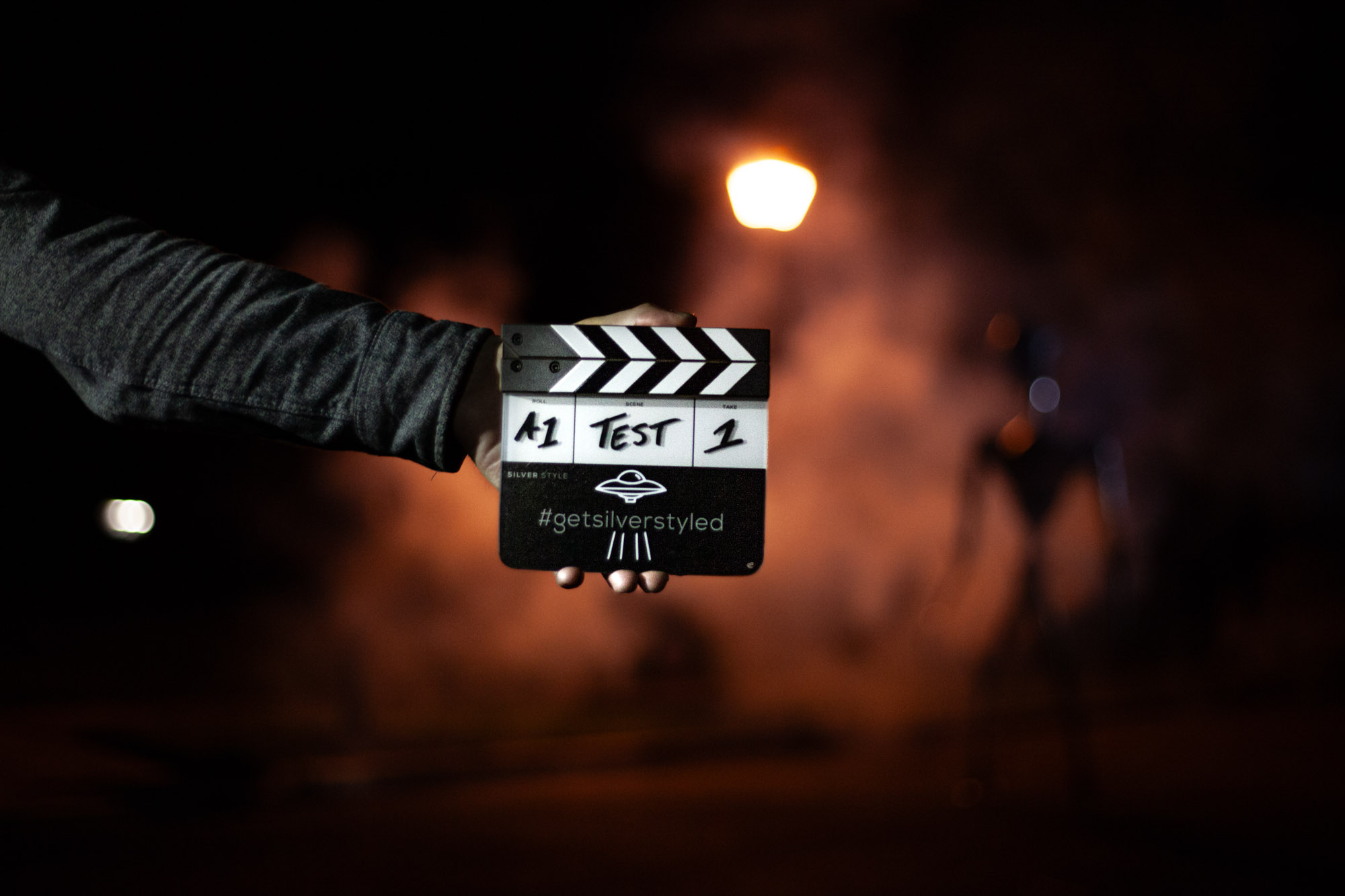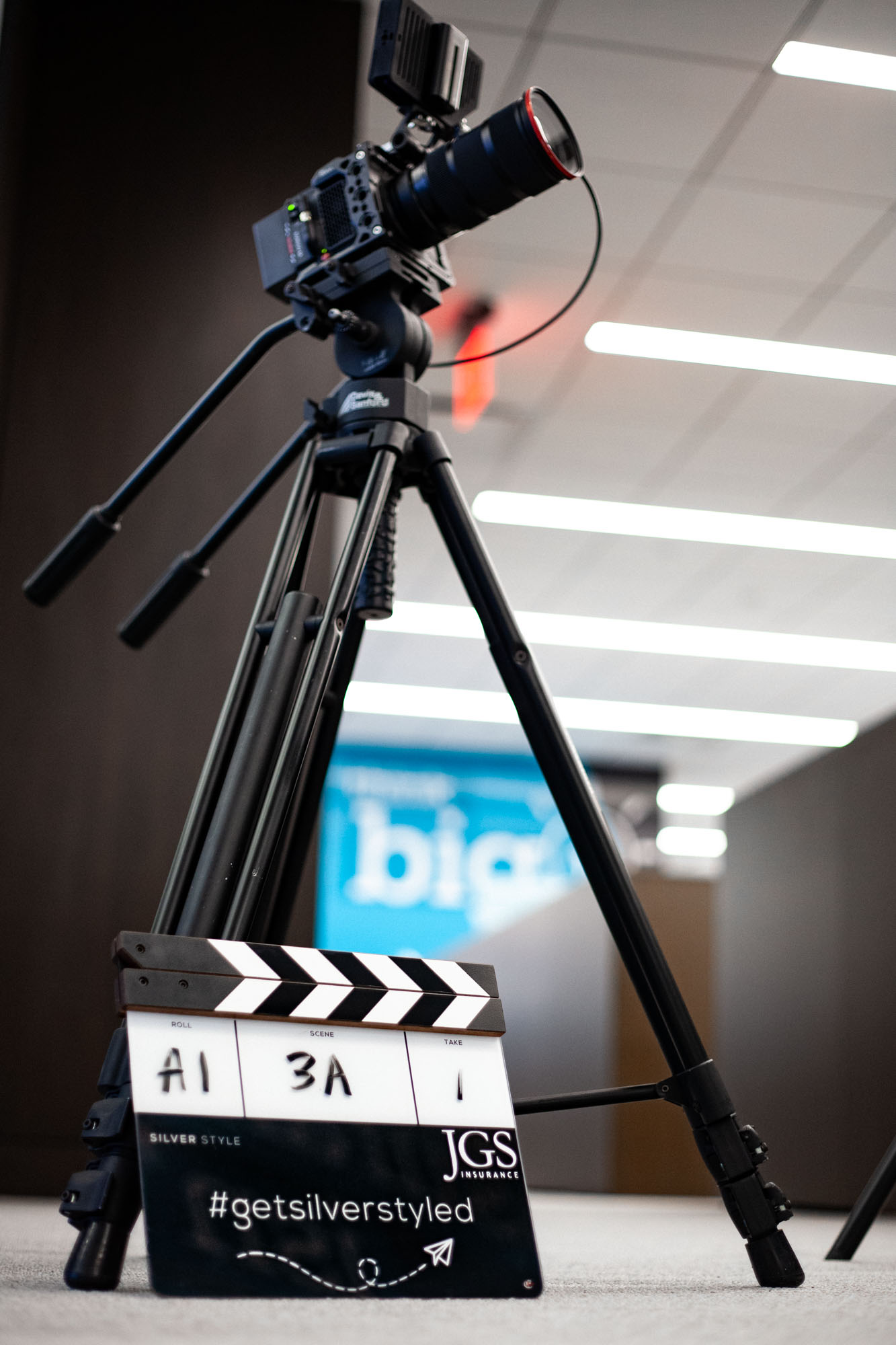A lot goes into creating a video before you even touch a camera. So, where do you start?
Videos require thoughtful planning and consideration of various elements to ensure success. This checklist will help empower you in strategically planning and executing impactful video content that will resonate with your audience and achieve desired outcomes.
1. Define Goals & Objectives:
• Determine the purpose of the video. What do you aim to achieve?
• Is it to increase brand awareness, drive sales, educate your team or customers, showcase products?
2. Identify Target Audience:
• Who are you trying to reach with this video?
• Consider demographics, interests, behaviors and preferences of your target audience.
3. Message and Story:
• What message do you want to convey through the video?
• How will you tell your story effectively to engage viewers?
4. Platform and Distribution:
• Where will the video be shared or distributed?
• Consider all of your social media platforms, including LinkedIn and your website.
5. Budget Allocation:
• Determine the budget available for the video production.
• Consider costs for equipment, personnel, post-production and advertising.
6. Timeline and Deadlines:
• Set a realistic timeline for pre-production, production and post-production phases.
• Consider any specific deadlines for launching or sharing the video.
7. Call to Action (CTA):
• What action do you want viewers to take after watching the video?
• Ensure your CTA aligns with your video's objectives.
8. Measurement and Analytics:
• Define how you will measure the success of the video.
• Consider metrics like views, engagement, click-through rates and conversions.
9. Brand Alignment:
• Ensure that the video aligns with your brand identity, values and tone.
• Maintain consistency across all brand assets and communications.
10. Storyboard and Script:
• Develop a storyboard and script outlining the visual and narrative elements of the video.
• Ensure clarity and coherence in conveying your message.
11. Team and Resources:
• Identify who will be involved in the video production process.
• Assign roles and responsibilities to team members.
12. Legal and Copyright Considerations:
• Ensure that you have the necessary permissions for any copyrighted material used in the video.
• Consider any legal requirements related to filming locations, talent releases and music.
13. Feedback and Revisions:
• Plan for feedback and revisions throughout the production process.
• Incorporate input from stakeholders to improve the final product.
14. Risk Management:
• Identify potential risks or challenges that may arise during production.
• Develop contingency plans to address any unforeseen issues.
That’s a wrap.
By going through this checklist you’ll gain clarity on why you’re creating a video and ensure all your efforts align with the overall goals and objectives of your business.
Thank you for reading and best of luck with your next video project!
Looking for more insights? Need help solving a problem? Reach out to schedule a call and see how we can help.




